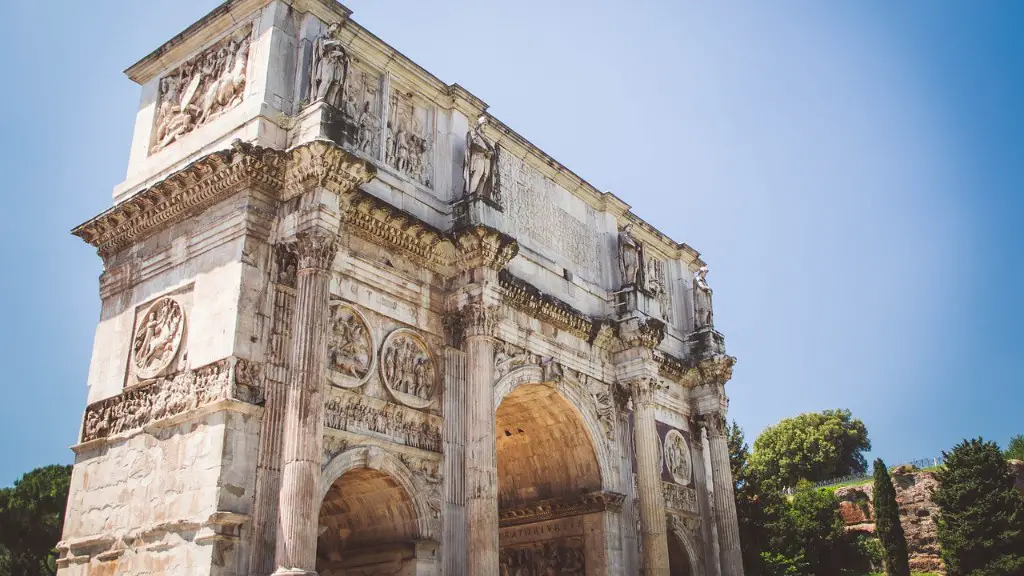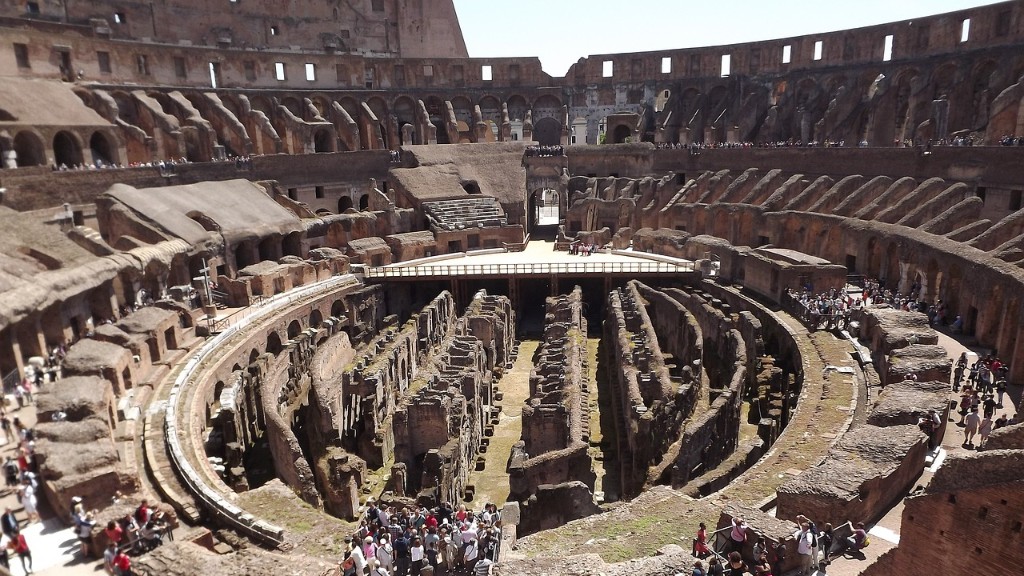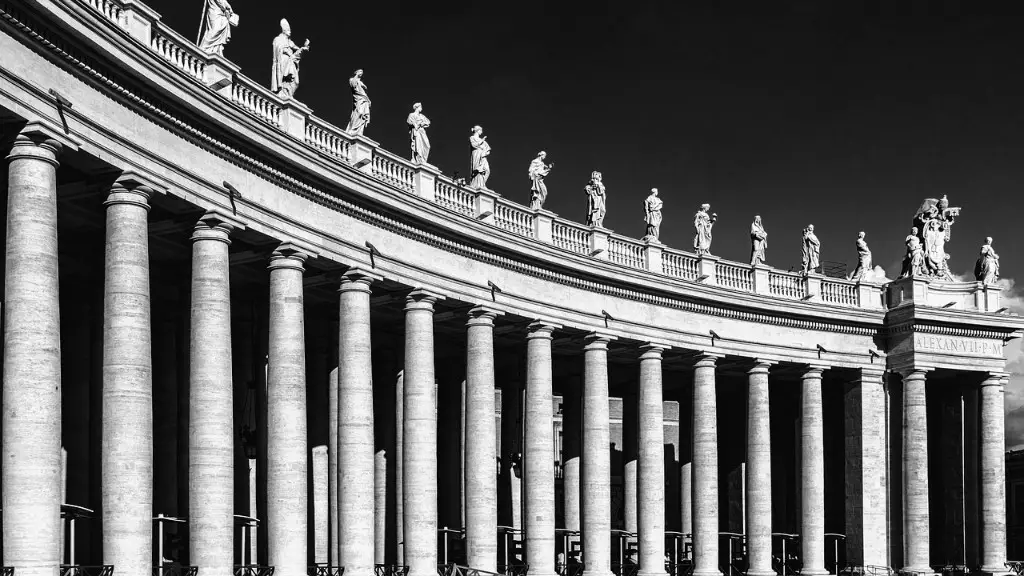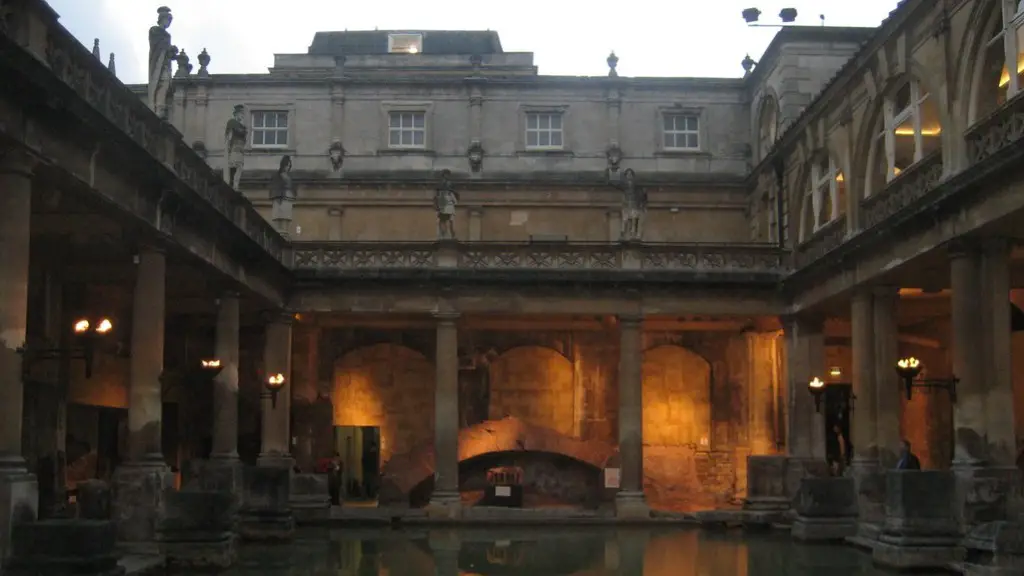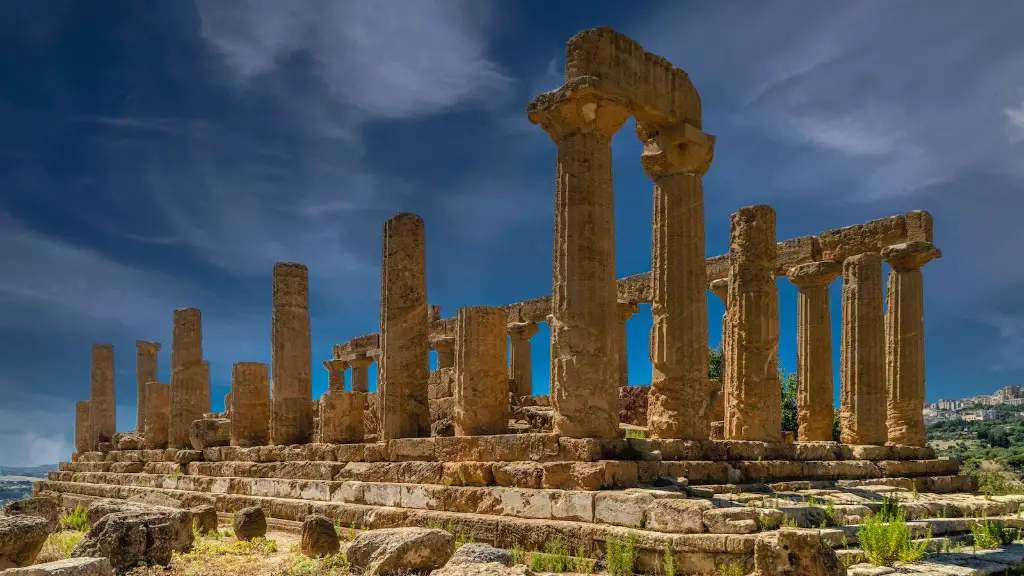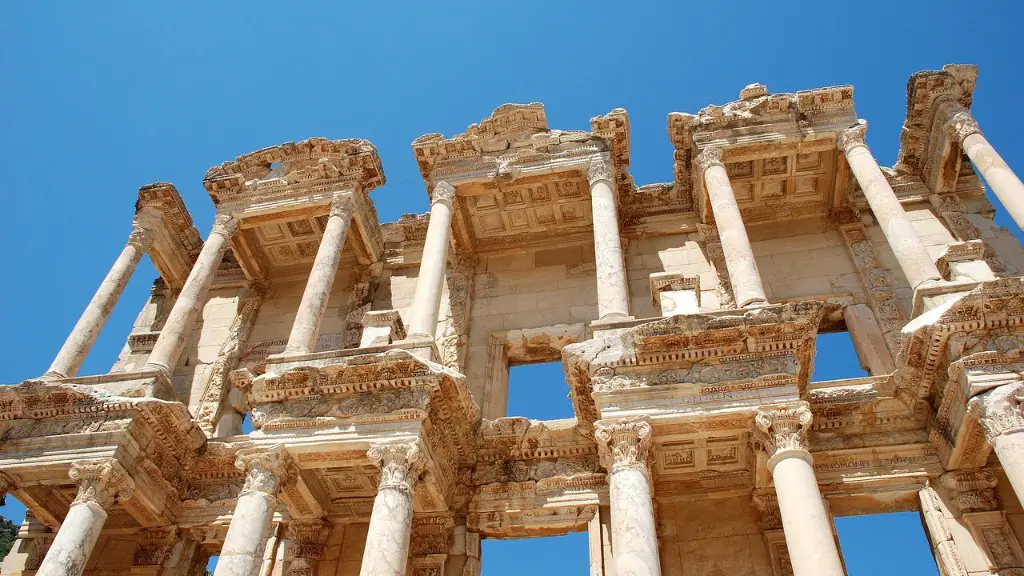The Roman Empire is widely considered one of the most influential civilizations in human history, laying much of the groundwork for the modern-day country of Italy and the entire world. But when, exactly, did its ancient part end?
It is widely accepted that the ancient Roman Empire began in 753 B.C. when Romulus and Remus established Rome in Italy’s Tiber Valley. The Roman Republic was founded 4th century B.C. and the Roman Empire was established centuries later in 44 B.C. when Julius Caesar took supreme rule of the Roman government.
The end of the Roman Empire was a long and complex process punctuated by events like the death of the last Roman Emperor, Romulus Augustulus, in 476 A.D. This event, however, was not the real end of Roman civilization. In fact, the Roman Empire was already in decline by then and new authorities were already in control. Historians point to the pivotal year of 395 A. D. when the Roman Empire was divided by Emperor Theodosius I into two distinct regions and newly installed rival governments. This administrative split weakened the Roman Empire and led to its eventual fall.
The fall of the Western Roman Empire is credited to a variety of causes including economic decline, military weakness and governmental and societal deterioration. Historians agree that a range of cultural and political issues, as well as natural catastrophes, brought about the end of the Roman Empire’s ancient part.
In his book, Decline and Fall of the Roman Empire, author Edward Gibbon attributes the fall to “the insensible but universal decline of old age” – noting signs of Roman decadence as early as the 2nd century. Professor Mary Beard of the University of Cambridge suggests that changes within the empire, such as religion and increasing militarization, were important contributing factors as well as external pressures from migrations, economic unrest, and barbarian invasions.
Other experts argue that the Empire fell due to globalization and the vastness of its own borders, which eventually expanded too far to sustain itself. This ultimately meant that the Roman Empire could not be ruled effectively as a single state and its resources could not be managed accordingly.
The weakening of Roman authority throughout the 5th century allowed for barbarian Germanic tribes to gain control of the administrative divisions. Thus, in 476 A.D. the Germanic tribe of Odoacer deposed the last Roman Emperor, Romulus Augustulus, and established itself as the preeminent power in the West.
The Eastern Roman Empire
The generally accepted end date for the Roman Empire is 476 A.D. But the Eastern Roman Empire, also known as the Byzantine Empire, endured for another thousand years. While the Western Roman Empire was weakening due to external pressures and internal instabilities, the Eastern Roman Empire enjoyed relative stability and influence. It was in the East that political, legal, literary, artistic and religious forms continued to develop and eventually helped set the stage for the Italian Renaissance.
The Eastern Roman Empire officially ended in 1453 A.D. when the Ottoman army breached its defences at Constantinople. The fall of Constantinople marked the end of thousand years of Roman power in the eastern Mediterranean. Even then, however, the concept of Romanness and the profound influence of the Roman Empire continued in the Byzantine Empire, under the rule of the Ottoman Empire, and in the modern day countries of Italy, Greece, Turkey and the Mediterranean.
The Legacy of Rome
Today, the Roman Empire continues to live on in the languages, laws, art, literature and architecture of its former territories. Rome’s legacy is still seen in our modern-day understanding of roads, law, technology, education, engineering, bureaucracy and religion. Although the exact date of its ancient demise is debated, the impact of Rome is evident in the world today.
The Roman Government
The Roman Republic was established around 509 B.C. when the monarchy was overthrown. The government that followed was modelled after the Greek system of democracy. It was eventually replaced by the Roman Empire, a monarchy ruled by an emperor instead of elected officials. By 476 A.D., the Roman Empire was the largest and most powerful state in the world, stretching from Britain to Persia.
Rome was run by an elaborate system of laws and customs. The society was divided into two main classes, the patricians and the plebeians. The patricians were wealthy landowners and the rulers of the state, while the plebeians were the working class. Both classes were divided into clans and tribes that provided a framework for the government and social order.
The Senate, made up of the patrician class, was the ultimate governing body of Rome. All important decisions were made by the Senate, which was presided over by two consuls elected by the people. They were responsible for the legislation, administration and justice of the empire and served terms of one year.
Roman Religion
The Romans venerated a large number of gods and goddesses, many of which were later adopted by the Greeks and other cultures. The most well-known Roman gods are Jupiter, Juno, Mars, Venus and Mercury. Roman religion also included a belief in magical forces and divine spirits.
Roman religion was based on the belief that divine spirits controlled the world and its affairs. Gods and goddesses were thought to be involved in events like wars, natural disasters and the growth of crops. Religious ceremonies were held to honor and please the gods. Offerings were made to divine spirits and the dead were venerated.
Religion was also used to support Roman law. Augustus Caesar established a system of laws that he claimed were approved by the gods. During his reign, a new calendar was also introduced with religious holidays devoted to gods and goddesses.
Roman Language
Latin, the language of the ancient Romans, was the official language of Rome until the 3rd century A.D. It was used by all citizens of the Roman Empire, regardless of their origin or station in life. Latin was also the language of education and was used by scholars and scientists throughout the empire.
However, after the fall of the Roman Empire, Latin was gradually replaced by local languages in different parts of the empire. Eventually, it became a dead language, although it has maintained its influence throughout the centuries as the language of science, law and literature.
The Romance languages, derived from Latin, are still spoken today in many parts of the world, including Portugal, Spain, France, Italy and Romania. In addition, Latin words and phrases can be found in many modern languages.
Roman Art and Architecture
Roman art and architecture were highly influential during the empire’s rule and still shape much of the world today. The Roman style was distinguished by the use of the arch, vault, dome and other elements of construction. The Romans were also great innovators in engineering, developing practical solutions for irrigation and transportation.
The most iconic remains of the Roman Empire are its monuments, buildings and ruins, which are still visible in Italy and other parts of Europe. The Colosseum in Rome, for example, is one of the most recognizable monuments in the world and still stands as a reminder of the great empire it once represented.
Roman art and architecture also featured extensive use of mosaics, sculptures and frescoes. Roman sculptures often depicted gods, goddesses, and important figures of the Roman Empire, while mosaics and frescoes often featured mythological figures or daily life scenes.
